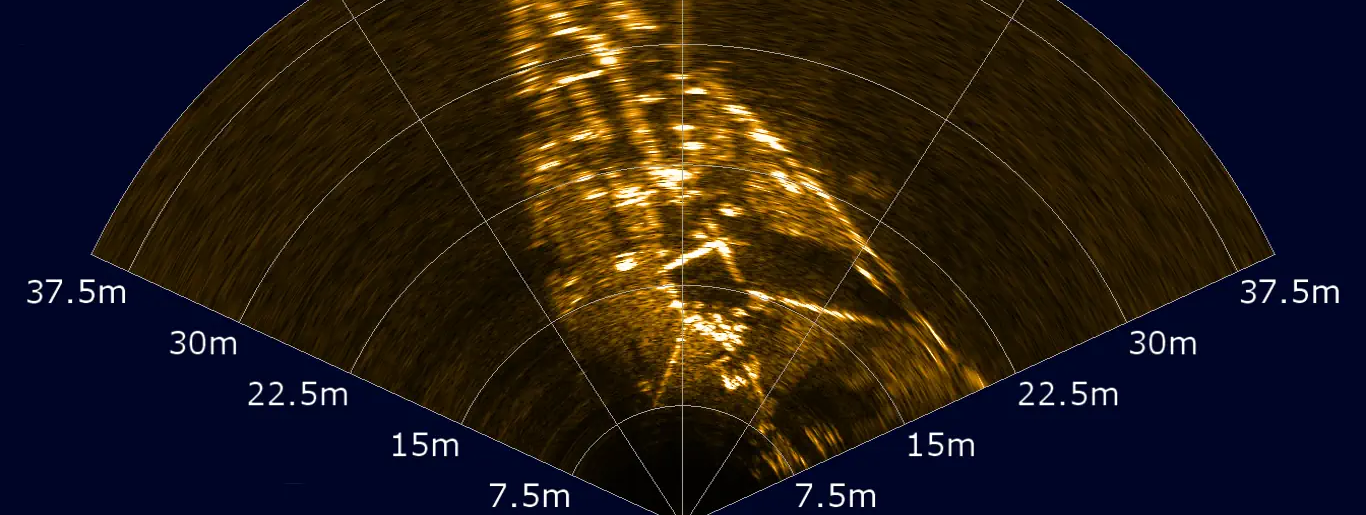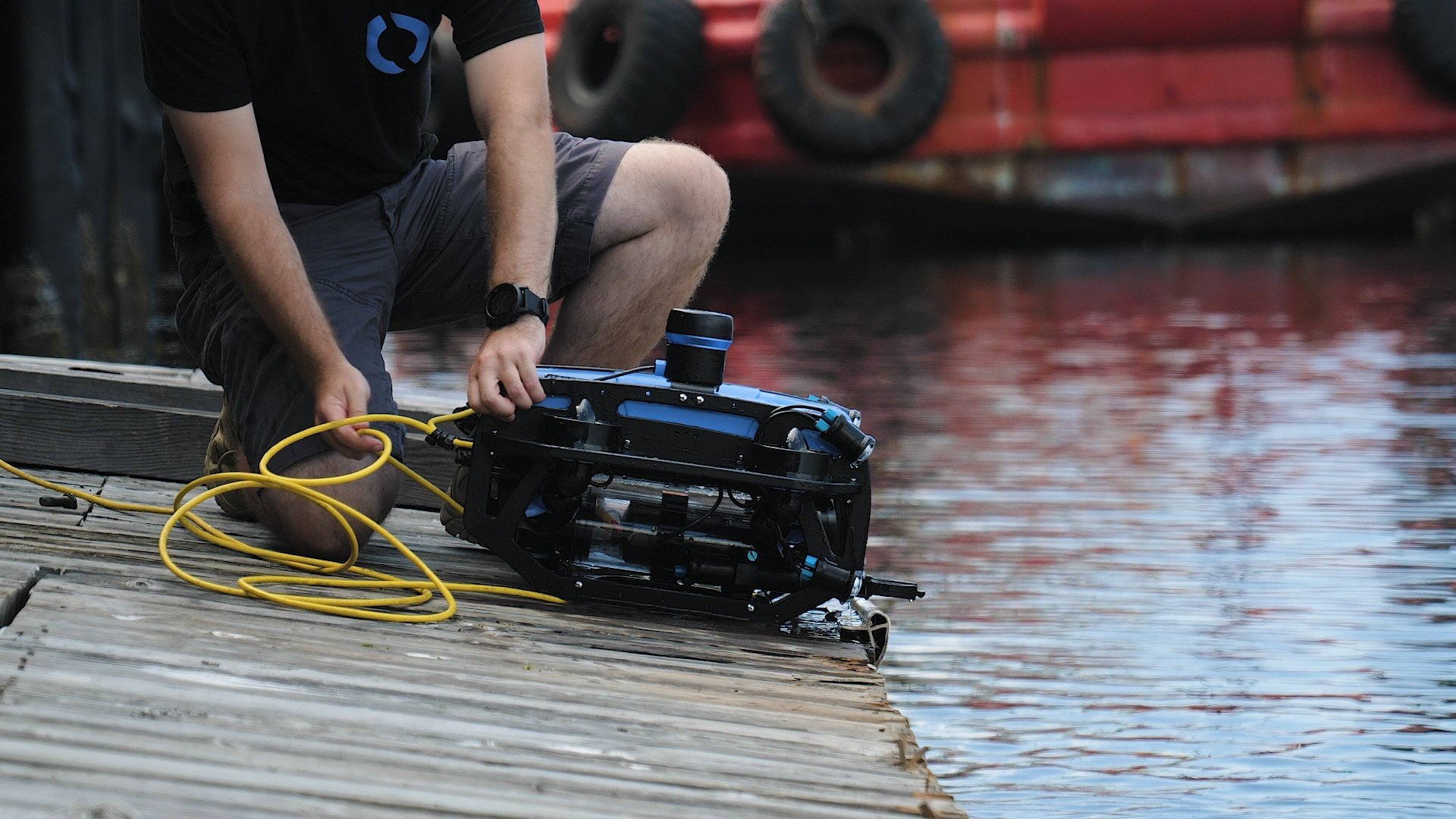

Modern ROVs (Remotely Operated Vehicles) are increasingly using high-capacity lithium-ion batteries, offering power, compactness and autonomy.
But transporting this type of equipment abroad, whether for a mission, a trade show or a scientific expedition, requires compliance with strict safety and international transport regulations.
In this article, ROV EXPERT explains everything you need to know before traveling with an ROV or Li-ion batteries, be it by air, sea or specialized carrier, and shares a hands-on experience in the field illustrating the real logistical challenges.
Lithium-ion batteries are classified as hazardous materials according to international regulations (UN 3480 or UN 3481, depending on whether they stand alone or are integrated into a piece of equipment).
They present a risk of fire or overheating in the event of shock, short-circuit or improper packaging.
This is why they are subject to shipping restrictions by air, and sometimes require specific statement in sea freight.
The transport of lithium-ion batteries by air is governed by the following regulations IATA DGR (Dangerous Goods Regulations).
Here are the key points to know:
The majority of ROV batteries (e.g. Blue Robotics 18 Ah / 14.8 V ≈ 266 Wh) exceed this threshold.
➡️ Elles cannot travel with you.
You have to go through a authorized carrier for dangerous goods (ADR / IATA) such as DHL Dangerous Goods, FedEx DG or DB Schenker.
Even if all IATA rules are respected, the airline and the crew are the sole judges of the acceptance of the equipment on board.
Security services or pilots can refusing to ship lithium batteries, They may also decide to sell their products, even if they are compliant, if they consider the risk to be too high, or if the company's internal policy forbids it.
👉 It is therefore We strongly advise you to contact the company before departure, Send us the MSDS sheet and the exact battery pack references for written approval.
One of our customers recently ordered two lithium batteries for ROV mission in Maputo.
After obtaining carrier validation and respected all IATA procedures, We shipped the batteries through the international logistics network.
However, the realities of the field have shown just how complex this type of shipment can be: 17 successive airlines refused to accept the package, despite the complete conformity of the file.
Freight was therefore returned to our warehouse in France.
Thanks to our international partner network, we were able to respond positively to customer needs by reorganizing the expedition: two batteries were sent from a country neighboring Maputo, allowing the mission to proceed without delay.
👉 This case illustrates perfectly that, even in total compliance with standards, logistical constraints and local decisions may impose alternative solutions, and experience in the field and an international network make all the difference.
For longer shipments (ROV + batteries + chargers), the sea transport is often preferred:
However, sea transport is subject to the IMDG code (International Maritime Dangerous Goods).
This means pack batteries according to UN standards (certified packaging, drop and resistance tests).
Good packaging is essential for compliance and safety:
✅ Use UN 3480 / UN 3481 approved packaging
✅ Separate each battery in an insulated compartment
✅ Affix the official labels:
ROV EXPERT supports its customers in :
📩 Need help shipping your equipment?
Contact us : contact@rov-expert.com
🌐 www.rov-expert.com





ROV Expert - Specialist in ROVs, USVs and underwater sensors for inspection, bathymetry and research, in France, Spain and Portugal.